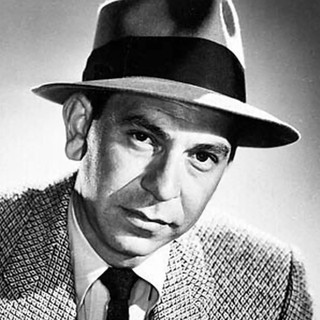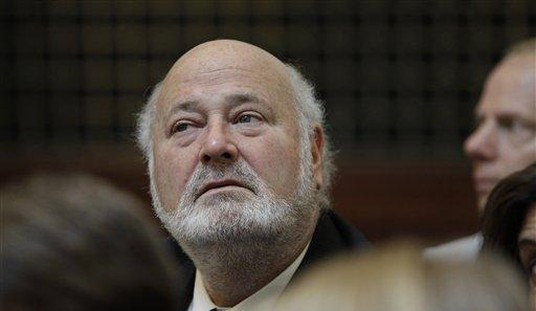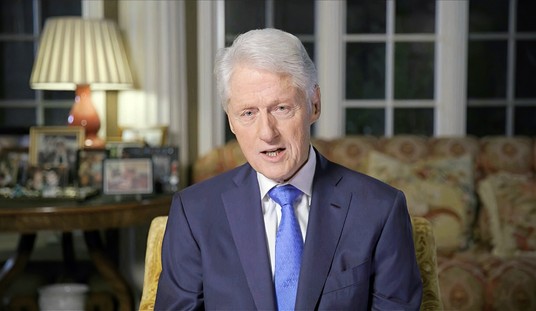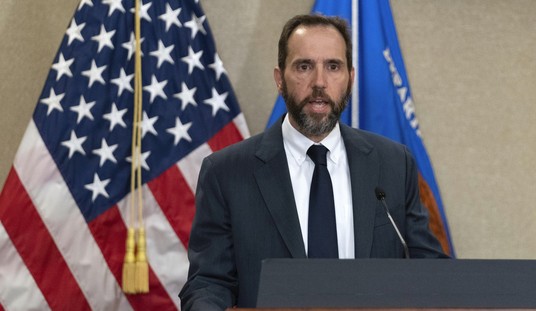Gentle reader, you are once again deputized in the struggle against villainy. You have been assigned as Officer Dunphy’s partner in the investigation of an ongoing string of armed robberies committed by a pair of young men, both of whom have, in each of the several crimes, worn ski masks as they threatened their victims with being shot if they failed to turn over their property. One of the crimes was captured on video, and though the masked men are not identifiable, we find the mannerisms displayed by one of them to be reminiscent of someone we have arrested in the past. This person is a known gang member, and an examination of his prior arrest record reveals a propensity for the type of crimes we are investigating.
Armed with this information, we begin surveillance of this potential suspect. We see him leave his house and drive off in a car, the description of which matches one provided by some of the robbery victims. We follow the car until the man stops at a convenience store and goes inside, apparently to make a routine shopping visit rather than to rob the place. While he is in the store, we take the opportunity to examine the car, looking through the windows at anything that might be in plain view. And there on the backseat is a ski mask of the type worn by the armed robbers. It is summertime; it has been some months since an innocent person might have had occasion to wear a such a ski mask.
We return to our unmarked car and watch the suspect emerge from the store with his purchases and drive off. Confident that he is one of our armed robbers, we call in uniformed officers in a marked car to make a traffic stop. He pulls over immediately and complies with directions to exit the car. You and I then search the car, recovering not only the ski mask in plain view, but also a handgun hidden in an armrest. The gun is of a similar type to those used in the string of robberies. A further search of the car yields a notebook, written in which are notations indicating that the man we have stopped and a still unknown accomplice planned and carried out the robberies.
Also written in the notebook is the name of this accomplice. We return to the police station and advise our suspect of his Miranda rights, which he waives before admitting to the crimes. He also implicates his accomplice, whose name we discovered in the notebook. We then prepare search warrants for the home of the man we have arrested and that of the accomplice. Upon serving the warrants, we arrest the second robber and recover evidence linking both men to the crimes.
Not a bad day’s work for us, wouldn’t you say? The only potential sticking point as we prepare for prosecution will be the question of whether we had probable cause to stop the first suspect based on our knowledge of him combined with our seeing the ski mask in his car as he did his shopping. It’s an arguable point for a defense attorney, but I’m confident most judges would find our probable cause more than sufficient. And with that stop and the evidence recovered from the car ruled admissible, there is little left for the second robber to challenge when he puts on his defense. All of the evidence against him was recovered either through a valid warrantless search of the first robber’s car or through the search warrants engendered by it. It’s the type of case that in nearly every instance results in a guilty plea after the search-and-seizure issues have been adjudicated.
But now let’s change things slightly. Assume the facts of the scenario are the same up to the point the first robber is stopped. When we search his car and find the ski mask and gun, we discover not a notebook with incriminating writing inside, but rather a cell phone, an examination of which yields irrefutable evidence that the man we have stopped and his accomplice planned and carried out the robberies we are investigating. Because the evidence was contained in a cell phone rather than a notebook, should it now be ruled inadmissible because we have recovered it without a search warrant?
This is the question that came before the Supreme Court last week as two separate cases, Riley v. California and United States v. Wurie, came before it for oral argument. In the first case, David Riley was pulled over in San Diego for driving a car with expired registration tags. When officers discovered Riley’s driver’s license was suspended, they impounded the car as allowed under California law, and during an inventory search they found loaded guns concealed in the engine compartment. Riley was arrested for possession of the guns, and when his cell phone was examined by a detective, evidence of his gang involvement was discovered. Photographs on the phone also linked Riley to a recent gang shooting, for which he was found guilty and sentenced to fifteen years in prison.
In the companion case, police in Boston saw Brima Wurie involved in a drug transaction. He was arrested and brought to a police station, at which time his cell phone rang. The officers traced the source of the call to an address in Boston, then went to the house and knocked on the door. When a woman answered the door, the officers smelled marijuana inside. They obtained a search warrant for the house, and upon serving it discovered crack cocaine, a handgun, ammunition, and other evidence, all of which was introduced against Wurie. He was convicted and sent to prison.
Both Riley and Wurie appealed, arguing that the searches of their phones were unlawful and the evidence derived should have been excluded. Riley’s conviction was upheld through various stages of appeal while Wurie’s was overturned by the First Circuit Court of Appeals, setting the stage for the Supreme Court to rule on the issue. At Thursday’s oral argument, Justices Kagan and Ginsburg seemed disposed to requiring a search warrant in all cases where police seek evidence from a cell phone, while other members of the court appeared to be seeking some middle ground between that position and the unfettered one advocated by lawyers for the government.
Predictably, the editors of the Los Angeles Times are among those advocating for the greatest restrictions on police, writing last October, when the Supreme Court’s current term began, that searches of cell phones “can expose a wealth of personal detail that was inconceivable to the Supreme Court 40 years ago when it gave officers wide latitude to search people and their effects when taking them into custody. It’s time for the court to adapt its doctrine to new technology.”
The editors at the Times would wish it otherwise, but it is not the Supreme Court’s duty to “adapt its doctrine to new technology,” but rather to adapt it to the law as enacted through the legislative process. If Congress or some state legislature concludes that cell phones should be accorded some greater level of protection than any other item that might yield evidence of a crime, they are free to draft the appropriate laws that will make it so. In the meantime, the court is obliged to follow the law and its own precedent. And the precedents for allowing police to search a cell phone belonging to someone lawfully arrested are clear and abundant.
Because so many people use cell phones as repositories for vast amounts of personal information, some argue that they should be protected from police inspection to the same extent as one’s home, where, before the advent of smart phones, most people kept their most personal possessions and records. Vehicles, on the other hand, have long been viewed by the court as being vested with a lesser expectation of privacy. But what happens when a criminal is living in his vehicle? The court answered this question in 1985, in California v. Carney, a case that coincidentally also arose from an arrest in San Diego. Mr. Carney was suspected of trading marijuana for sexual favors and was under police surveillance while in his parked motor home. After witnessing activity that bolstered their suspicions of him, police searched Carney’s motor home and discovered marijuana. The California Court of Appeals upheld the conviction but the state Supreme Court reversed it, ruling that Carney enjoyed a greater expectation of privacy because the vehicle in question was also his home.
The U.S. Supreme Court reinstated the conviction, holding that the vehicle exception to the warrant requirement applied even when the vehicle served as a home. So the question for the current court is this: How, in light of Carney, can a cell phone that one might choose to carry with him be shrouded in a greater level of protection than a motor vehicle that also serves as a home?
It can’t. That is unless the court legislates from the bench, which in the long run is a greater danger than that posed in the two cases before the court this term. If the people wish for their cell phones to be protected from prying eyes, let them bring it about through the legislative process rather than relying on their robed masters.










Join the conversation as a VIP Member